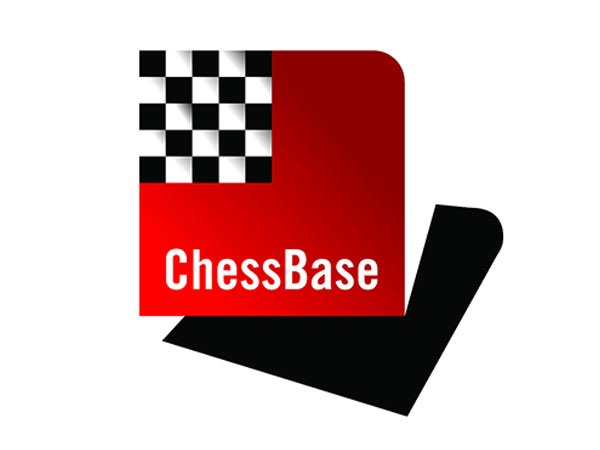Once upon a time in South Africa
By IM Elisabeth Pähtz
South Africa is
one of the unique African countries, besides Namibia, where you can find
quite a mixture of black and white inhabitants. It’s a country where
British and Dutch influence – due to past conquest and colonizing
– is clearly visible. There are eleven official languages spoken in
South Africa. Zulu is the main languages among the black population, English
and Afrikaans (similar to Dutch) among the white society.

In general I would say that South Africa is a country with various faces.
Depending on which part of the country you are, you easily recognize the
different lifestyles, mentalities, cultures and traditions. Such diversity,
however, seems to bind a country together, and no doubt I can say that I
have never experienced such hospitality and kind attention from people of
various cultures ever before in my life.
But why are we here? Thanks to the FIDE “CiS” (Chess in Schools)
program and the Kasparov Chess Foundation the advantages of introducing
chess in schools had become clear to many countries in the world –
and South Africa was one of them. Since February 2012 the “German
Chess Foundation” has concentrated on a project called “Chess
for Africa” and had already been in Africa four time so far –
three times to South Africa/Johannesburg and once to Congo/Kinchasa.

Group picture of the German delegation at the
Nelson Mandela Square, formerly known as Sandton Square,
renamed in 2004 after a six metre statue of Nelson Mandela was installed
to honour the South African hero.
On 21st of September we – a group of nine people – once again
headed to the region, specifically to the richest city of the whole of Africa:
Johannesburg. Our group consisted of a camera team, led by FM Anita Stangl
and two helpers, Chris and Axel; the CEO of the Chess Foundation Matthias
Draeger; two primary school chess teachers: Karol Lalla and Stefan Becker;
one chess educationalist: Detlef Koch; and two professional chess players:
Falko Bindrich and me. “Jo’burg” is well known for its
strong economy and diamond mining. Our targets were two schools, the Mambo
School in the south west region Soweto (a totally black community) –
and the private School St. Peters (mixed community) in the northern suburbs
of Jo’burg.

Anita with the headmaster of St. Peters Pat
Mbele (right) and
Blessing Zambuko, the best chess teacher in the school

Open air chess on the first day in front of
St. Peters

A colorful set borrowed from "Big Chess",
a company which produces these huge sets
What are we doing here? The general goal of this project is to educate
teachers and adults on how to teach chess in schools. Furthermore we are
concentrated on educated chess teachers and providing them with training
classes, techniques of teaching and strategies. Later on those trainers
will be able to take over our job and educate teachers of elementary classes
how to teach kids chess. In that way we hope to spread the virus of chess
in the entire school community of the country.

Falko and me giving lessons in St. Peters

Our film team records Blessing explainind the
strength of the knight in the center

That's me giving chess lessons in the Mambo
School in Soweto

My chess students followed everything very
attentively
We chose South Africa among the African countries because it is not only
unique for its mixed balanced society and contrasts, but also because especially
the poor regions lack general support and show huge drawbacks in their educational
system.

A young girl in Soweto prepares to work in
a chess project

She and others cut out chess figurines and
glue them to bottle caps

The full bottle cap chess set is ready for
action

Perfectly good for a nice game of chess
– Part two to follow soon –
























